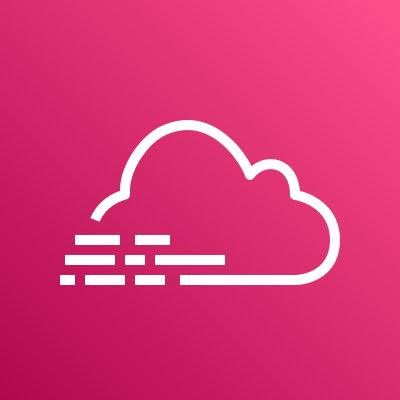Cloud Native Sources
WHAT IS CLOUD NATIVE?
Cloud Native services take advantage of cloud computing and are built using microservices. The use of microservices decentralizes applications, makes environments more stable and helps to limit the possibility of an application failure.
What direction are you going with your cloud? Armor can ingest logs from services within AWS, Azure or Google Cloud Platform. In AWS, Armor can ingest logs from AWS CloudTrail, VPC Flow Logs, AWS WAF, and Amazon GuardDuty. In Azure, Network Security Group and Application Gateway flow logs can be ingested.
ARMOR LOG MANAGEMENT is ready to be configured to collect logs from the services below:
To fully use this screen, you must add the following permissions to your account:
Read Log Management
Write Log Management
Read Log Management Plan Selection
Write Log Management Plan Selection
You can use the Log & Data Management screen to:
View storage consumption in the Summary section
View the status of the logging subagent in the Agent Sources section
View the status and configure existing sources and add new sources in the External Sources section
For documentation on adding or configuring external sources, click here
View or change your storage plan in the Log Storage Plans section
By default, Armor collects and retains the following log types for 30 days:
Using the Armor Management Portal (AMP)
View Logging Subagent Status
You can use these instructions to review the logging status of your virtual machines. Specifically, you can verify if your virtual machine is sending logs to Armor.
In the Armor Management Portal (AMP), in the left-side navigation, click Security.
Click Log & Data Management.
Click Agent Sources.
Column | Description |
|---|---|
Name | This column displays the name of the virtual machine or instance that contains the Armor agent. You can click a specific virtual machine to access the Virtual Machines screen. |
Type | This column displays if the virtual machine or instance has been converted to a log collecting device, also known as Log Relay. |
Last Log Received | This column displays the date and time when Armor last received a log. |
Retention Type | This column displays the length of time that Armor keeps logs. |
Average Size | This column displays the average size of the collected logs. |
Log Status | This column displays the status of the logging subagent.
|
Review Log Retention Plans
Plan name | Log retention rate | Description |
|---|---|---|
Log Management Essentials | 30 days | This plan collects and stores your default log types for 30 days, which you can view in AMP. By default, users are automatically subscribed to this plan. To make sure that you do not pass the default log collection limit, Armor recommends that you review the:
|
Compliance Professional | 13 months | This plan collects and stores your default log types for 13 months at an additional cost. Logs from the previous 30 days are visible in AMP; however, to view logs older than 30 days, you must send a support ticket. For existing virtual machines: After you select this plan, existing virtual machines will not be automatically enrolled in this plan; you must update each virtual machine separately. To learn more, see Upgrade log retention for existing virtual machines. For future virtual machines: After you select this plan, new virtual machines will be automatically enrolled in this plan. To learn more, see Upgrade log retention for new virtual machines. |
View Log Collections Projections
You can use these instructions to review AMP’s prediction regarding future log collection. You can use this information to estimate log collection cost.
In the Armor Management Portal (AMP), in the left-side navigation, click Security.
Click Log & Data Management.
Click Retention Plan.
In the bottom of the screen, review the Total Log Storage graph.
The dotted line indicates AMP’s prediction for your future log collections.
For more information on log retention plans, see Review log retention plans.
To learn how to submit a request to Armor Support, see Create a support ticket.
Review the following requirements before submitting your log extraction request to Armor Support.
Review Requirements
Requirement Type | Description |
|---|---|
Supported Storage Methods | s3 bucket
Physical hard drive*
*Physical hard drive is for Armor Enterprise Cloud customers only |
Unsupported Storage Methods | Armor does not support the following storage methods:
|
Troubleshooting
If you do not see any data in the Search section or the Sources section of the Log & Data Management screen, consider that:
The selected date range does not contain any data.
The virtual machine may be powered off.
You do not have permission to view log data.
You must have the ReadLogManagement permission enabled to view log data. Contact your account administrator to enable this permission. To learn how to update your permissions, see Roles and Permissions.
If you cannot add or update your plan, consider that you do not have permission to update your plans. You must have the following permissions enabled:
Read Log Management Plan Selection
Write Log Management Plan Selection
Read LogManagement
Write LogManagement







